Increasing Health Consciousness
The growing awareness of health and wellness among consumers in Europe is driving the propolis market. As individuals seek natural alternatives to synthetic products, propolis, known for its potential health benefits, is gaining traction. This trend is reflected in the increasing sales of propolis-based supplements and cosmetics, which have seen a rise of approximately 15% annually. The propolis market is benefiting from this shift, as consumers prioritize products that align with their health goals. Furthermore, the rise in preventive healthcare measures is likely to sustain this demand, as propolis is often associated with immune support and anti-inflammatory properties. Consequently, manufacturers are expanding their product lines to cater to this health-conscious demographic, further propelling the growth of the propolis market in Europe.
Innovations in Product Development
Innovations in product development are playing a crucial role in shaping the propolis market in Europe. Manufacturers are increasingly investing in research and development to create new formulations that enhance the efficacy and appeal of propolis products. This includes the introduction of propolis-infused skincare, dietary supplements, and functional foods that cater to diverse consumer needs. The propolis market is witnessing a surge in product launches, with an estimated increase of 25% in new product introductions over the past year. This focus on innovation not only attracts new customers but also retains existing ones by offering them novel and effective solutions. As the market continues to evolve, the emphasis on product innovation is likely to remain a driving force in the growth of the propolis market.
Rising Popularity of Functional Foods
The trend towards functional foods in Europe is significantly influencing the propolis market. Consumers are increasingly seeking foods that offer health benefits beyond basic nutrition, and propolis is often incorporated into various food products for its potential health-promoting properties. This shift is evident in the growing number of food and beverage products containing propolis, which has expanded by approximately 20% in recent years. The propolis market is capitalizing on this trend by developing innovative products that cater to health-conscious consumers. Furthermore, as the demand for functional foods continues to rise, it is likely that propolis will become a staple ingredient in many health-oriented products, thereby enhancing its market share and visibility.
Regulatory Support for Natural Products
In Europe, regulatory frameworks are increasingly favoring natural products, which positively impacts the propolis market. The European Food Safety Authority (EFSA) has established guidelines that promote the use of natural ingredients in food and supplements. This regulatory support encourages manufacturers to innovate and develop new propolis-based products, enhancing their market presence. The propolis market is likely to see a surge in product approvals, as companies align their offerings with these regulations. Additionally, the emphasis on safety and efficacy in natural products is expected to bolster consumer confidence, leading to increased sales. As a result, the propolis market is projected to grow at a compound annual growth rate (CAGR) of around 10% over the next five years, driven by favorable regulatory conditions.
Consumer Preference for Organic Products
The increasing preference for organic products among European consumers is a key driver for the propolis market. As consumers become more discerning about the ingredients in their products, the demand for organic and sustainably sourced propolis is on the rise. This trend is reflected in the market, where organic propolis products have experienced a growth rate of approximately 12% annually. The propolis market is responding by ensuring that their sourcing practices align with organic standards, thereby appealing to this environmentally conscious demographic. Additionally, the certification of organic products is likely to enhance consumer trust, further driving sales. As the organic movement continues to gain momentum, the propolis market is expected to benefit from this shift in consumer preferences.


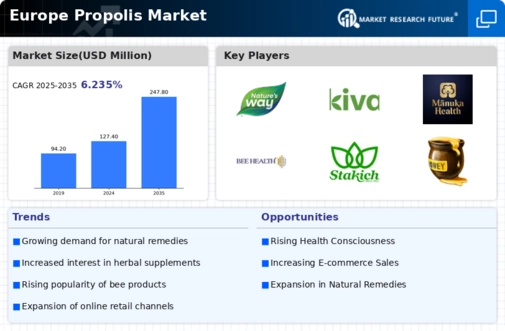


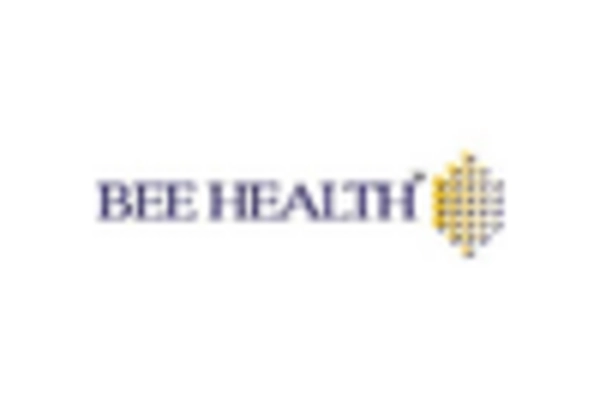
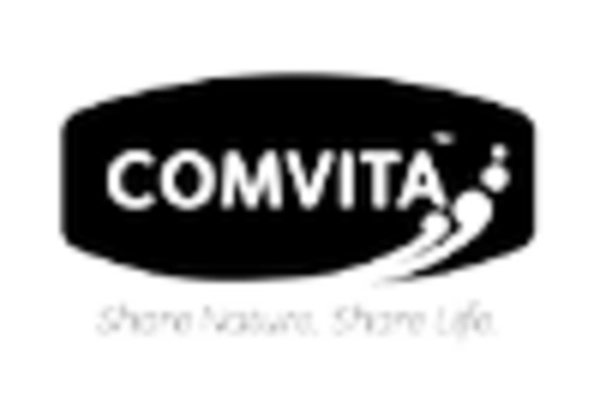
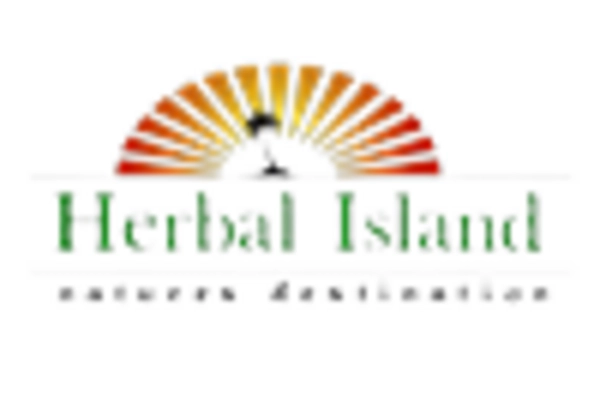
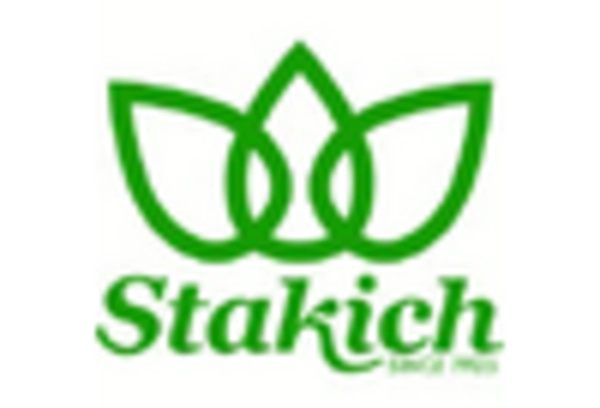
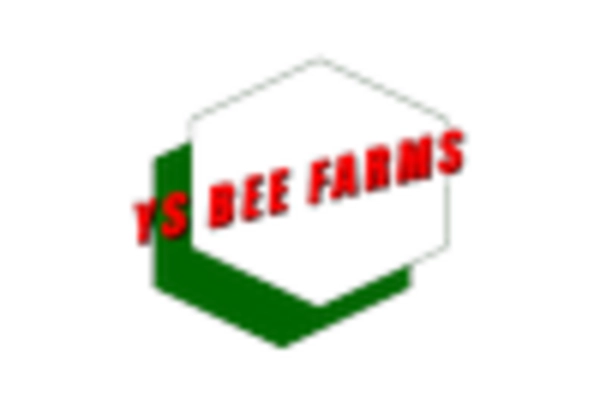








Leave a Comment